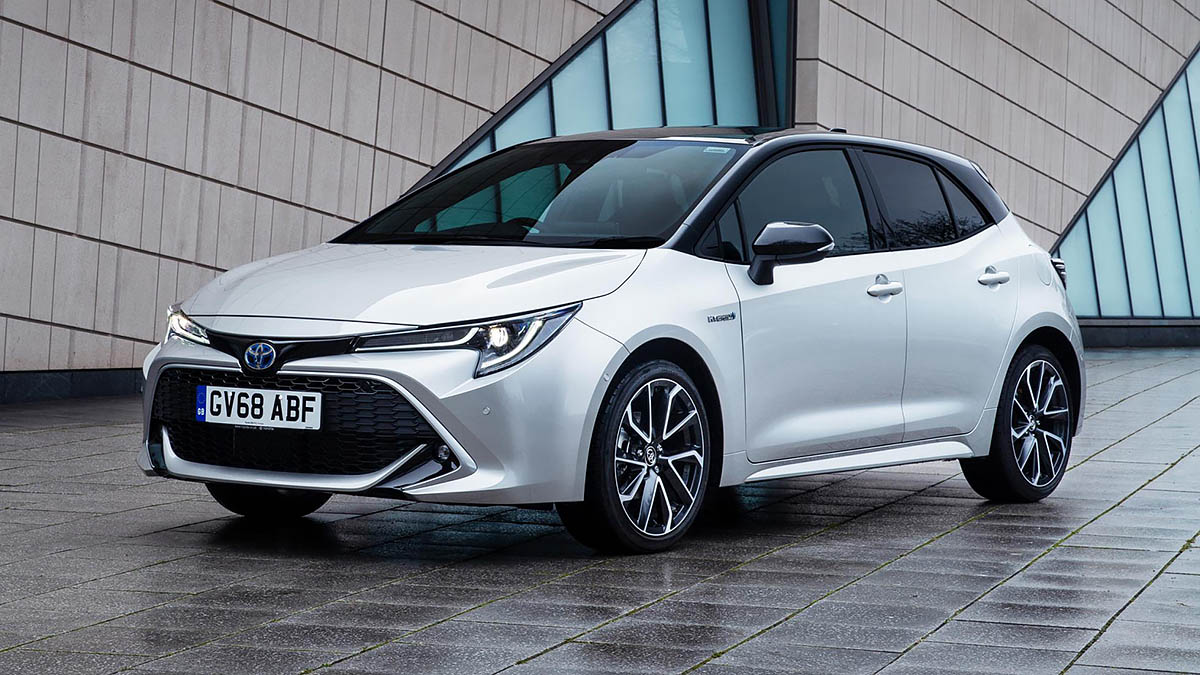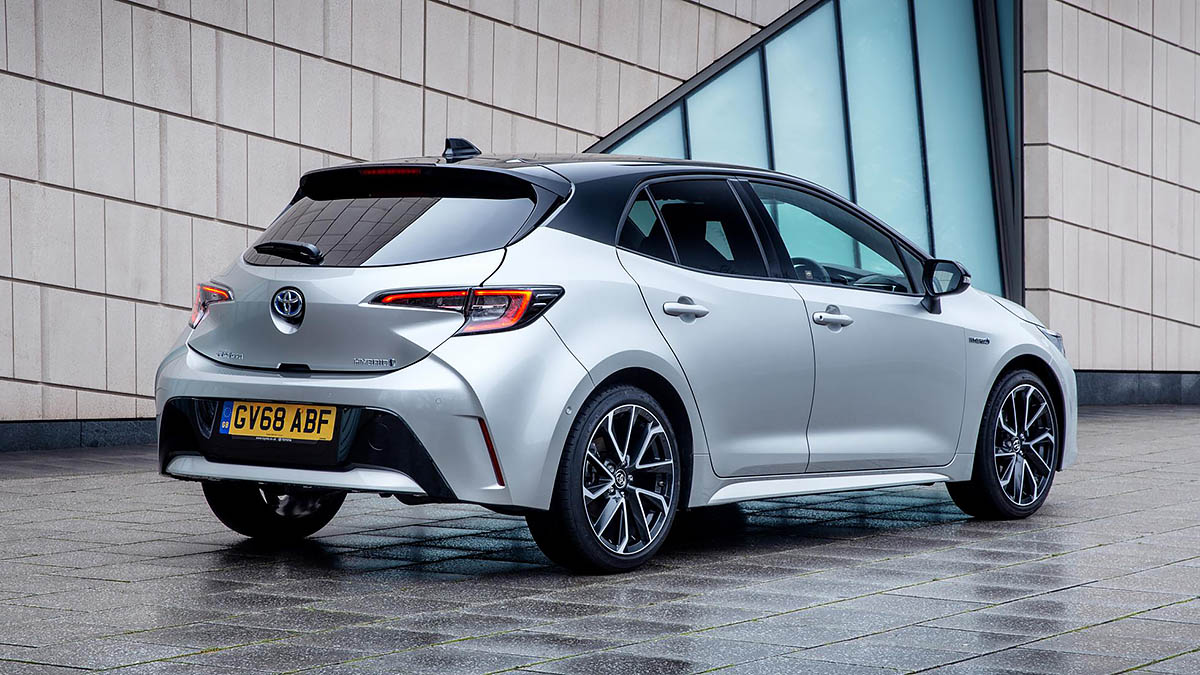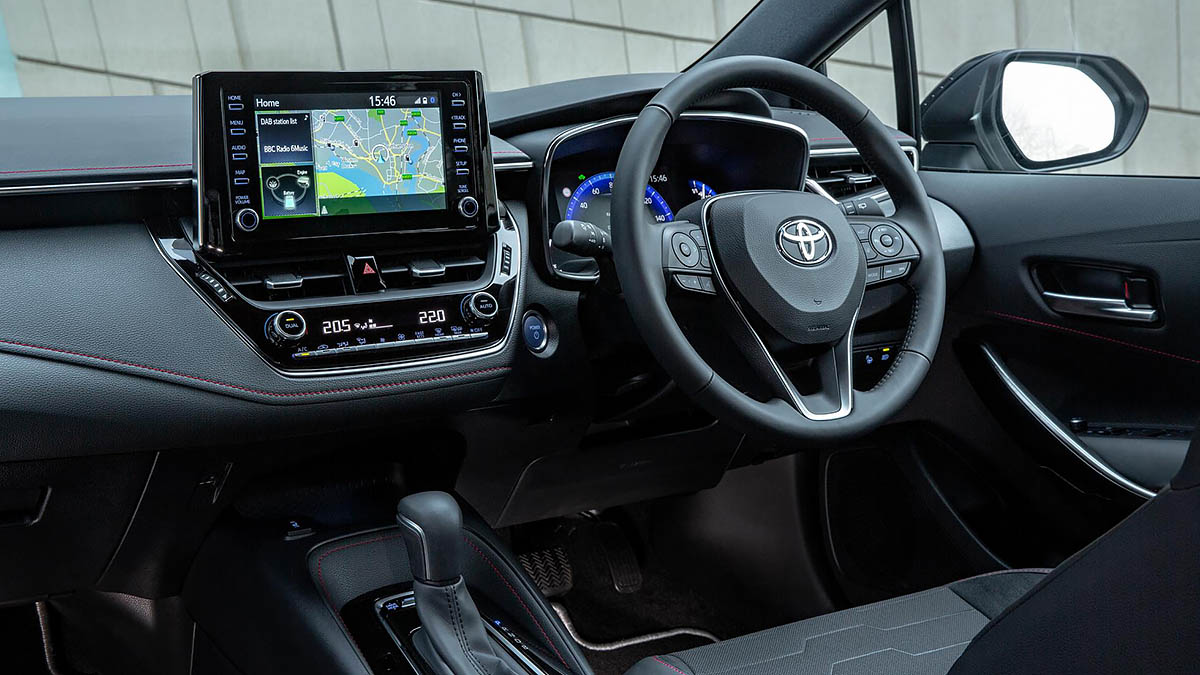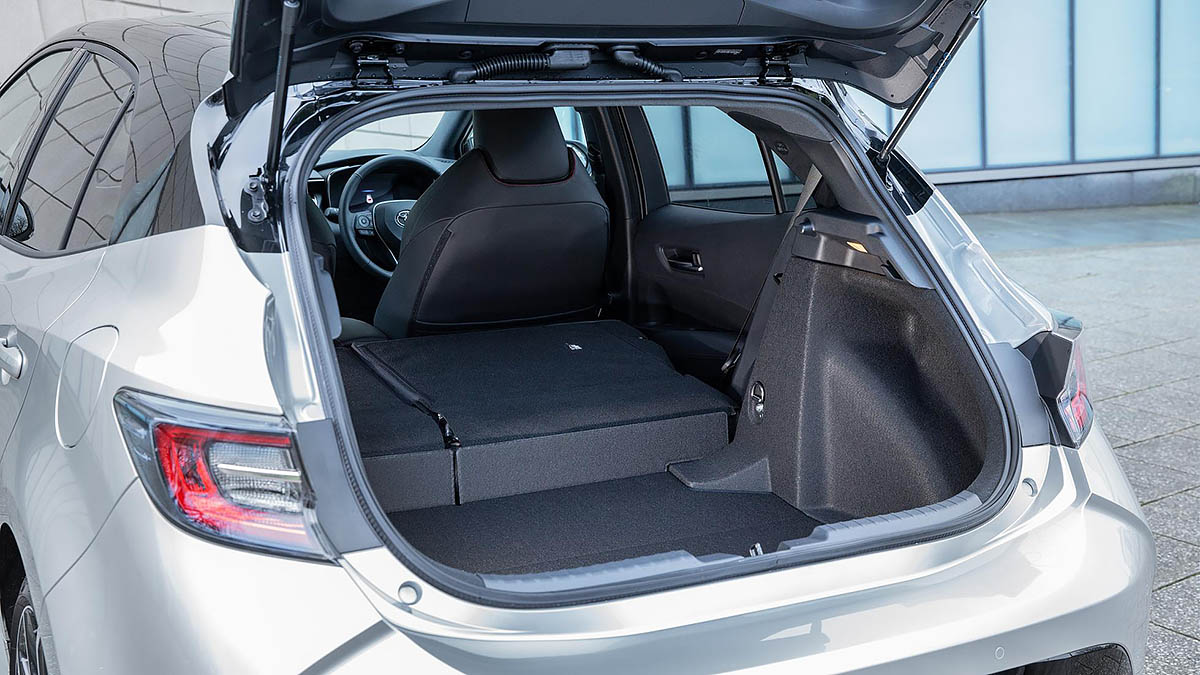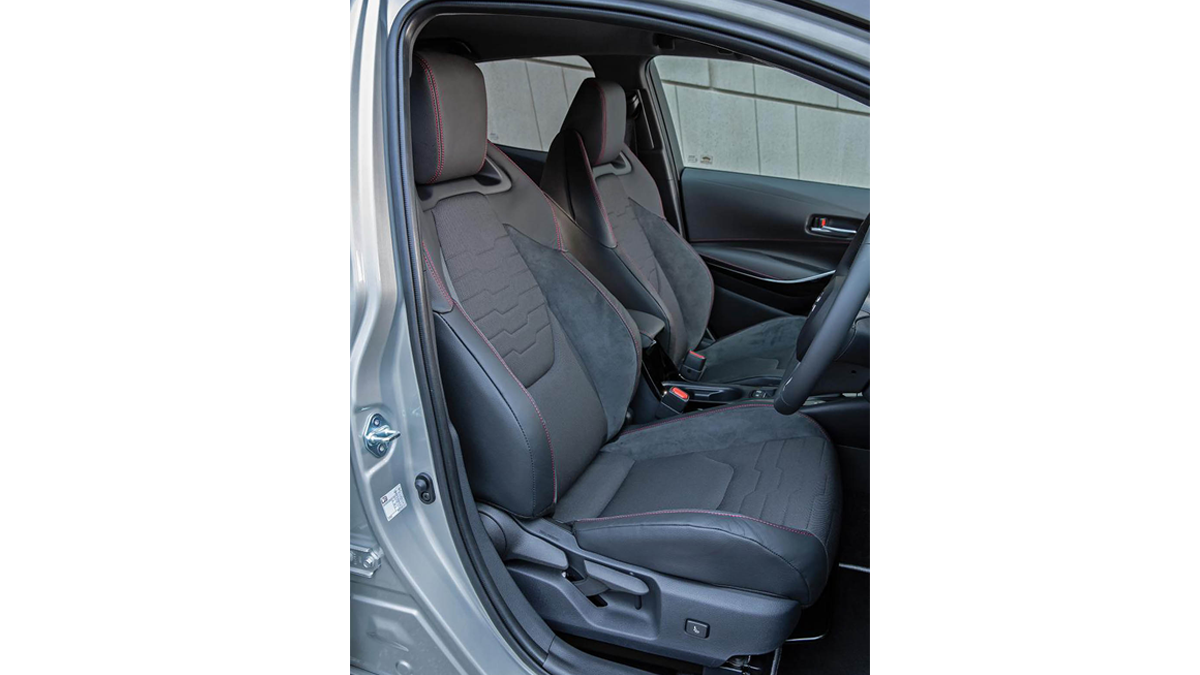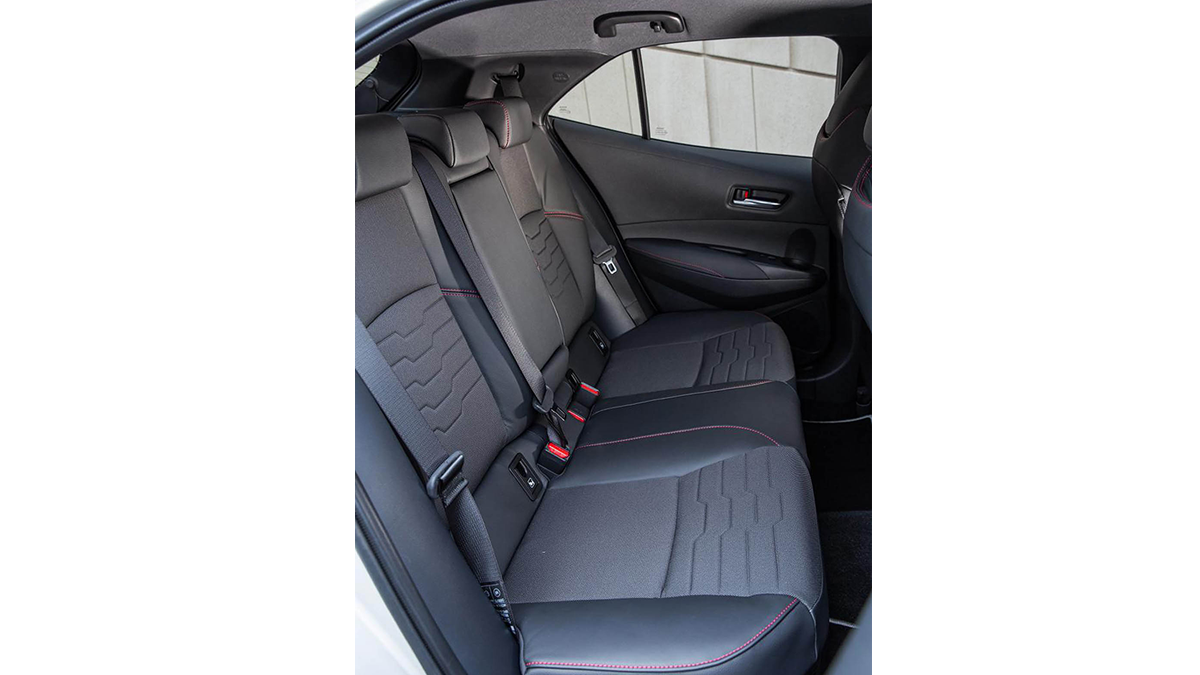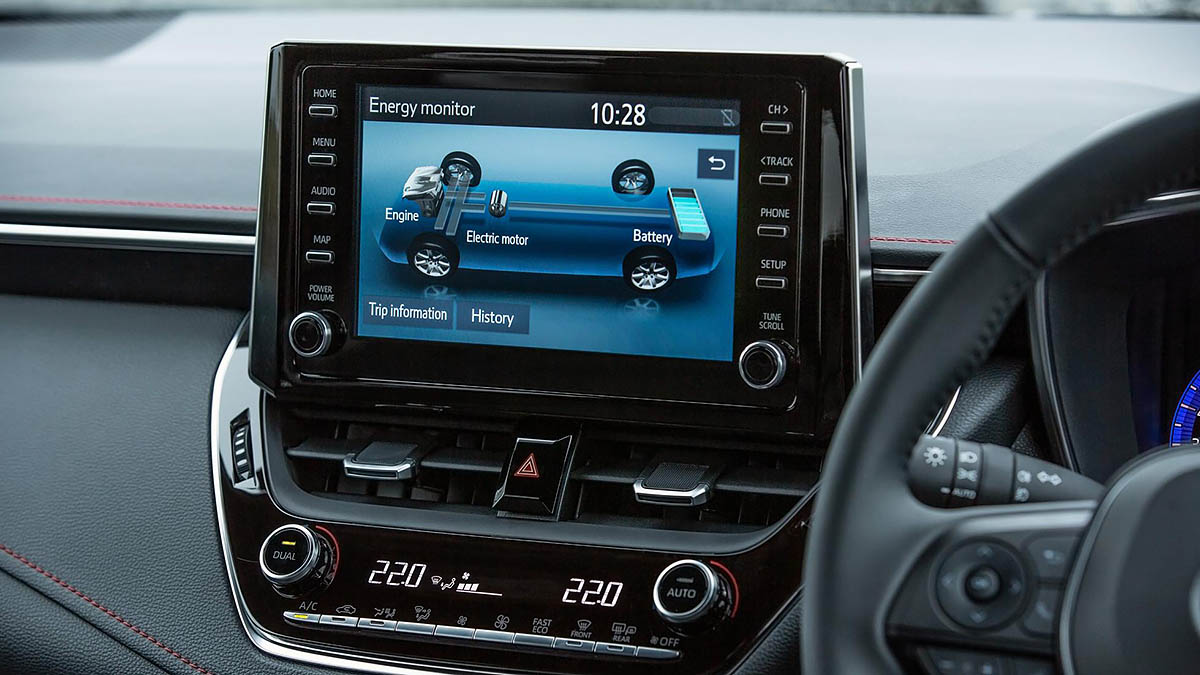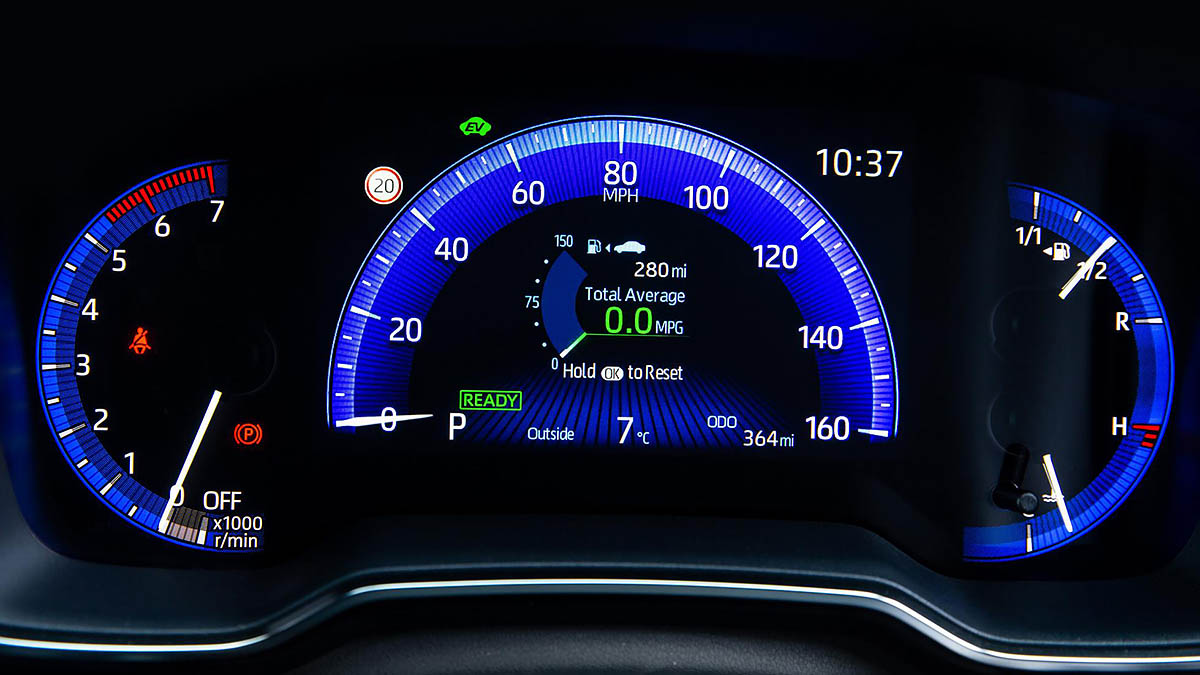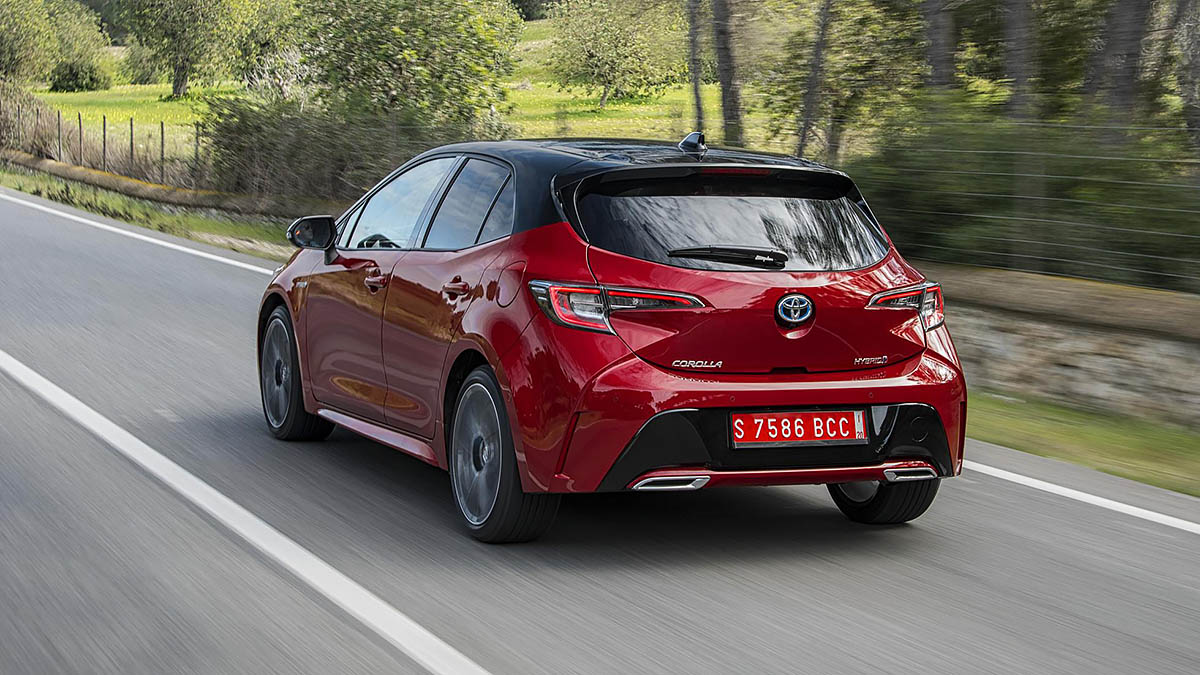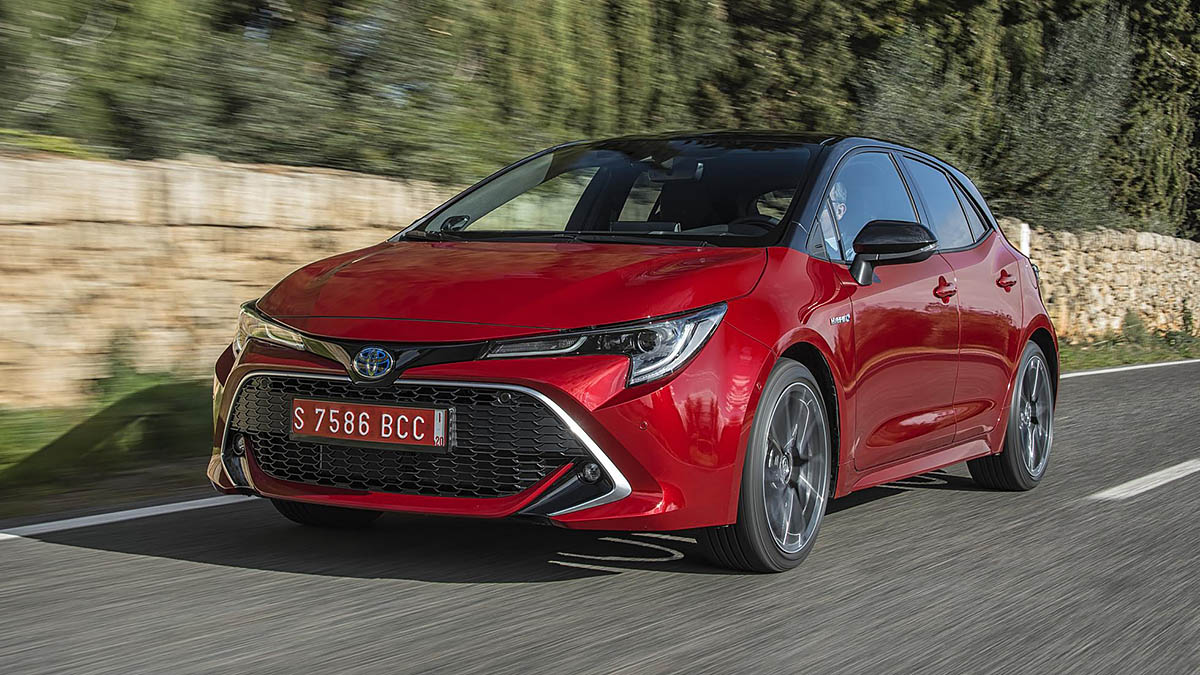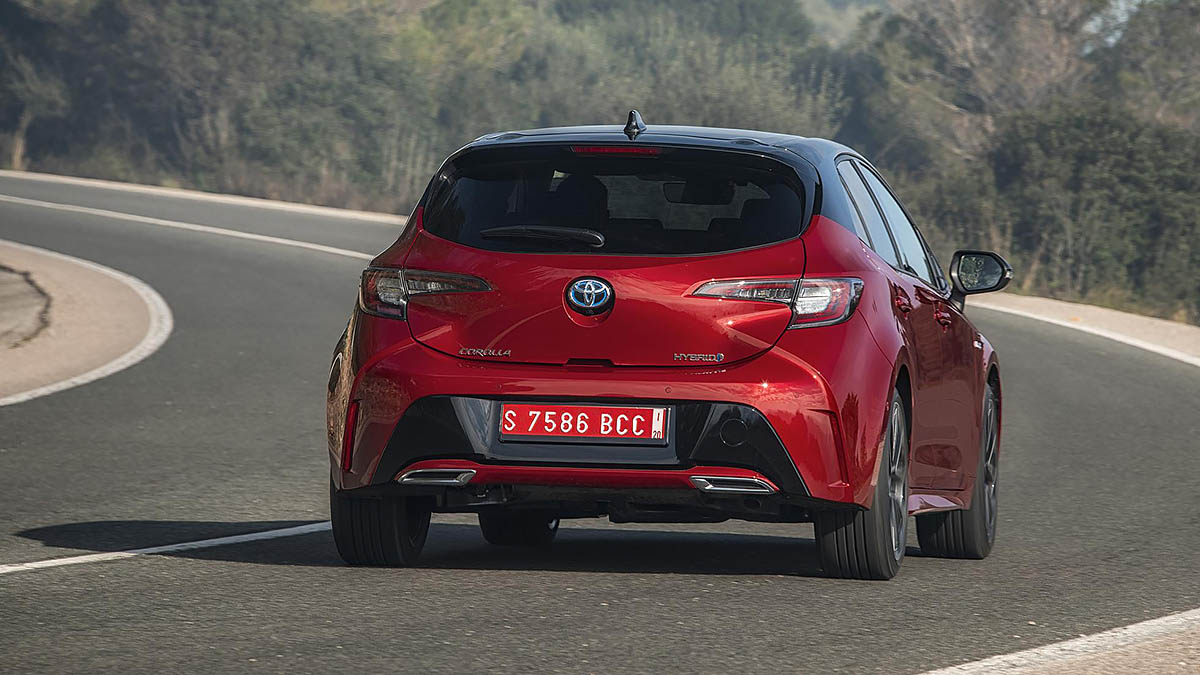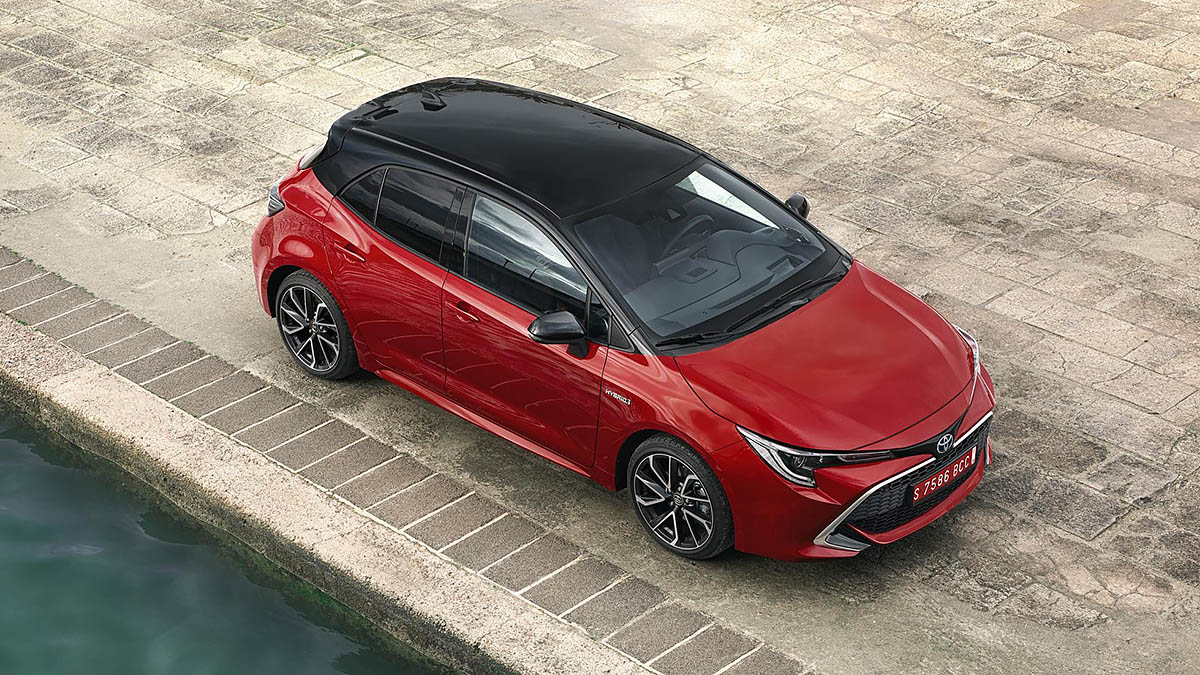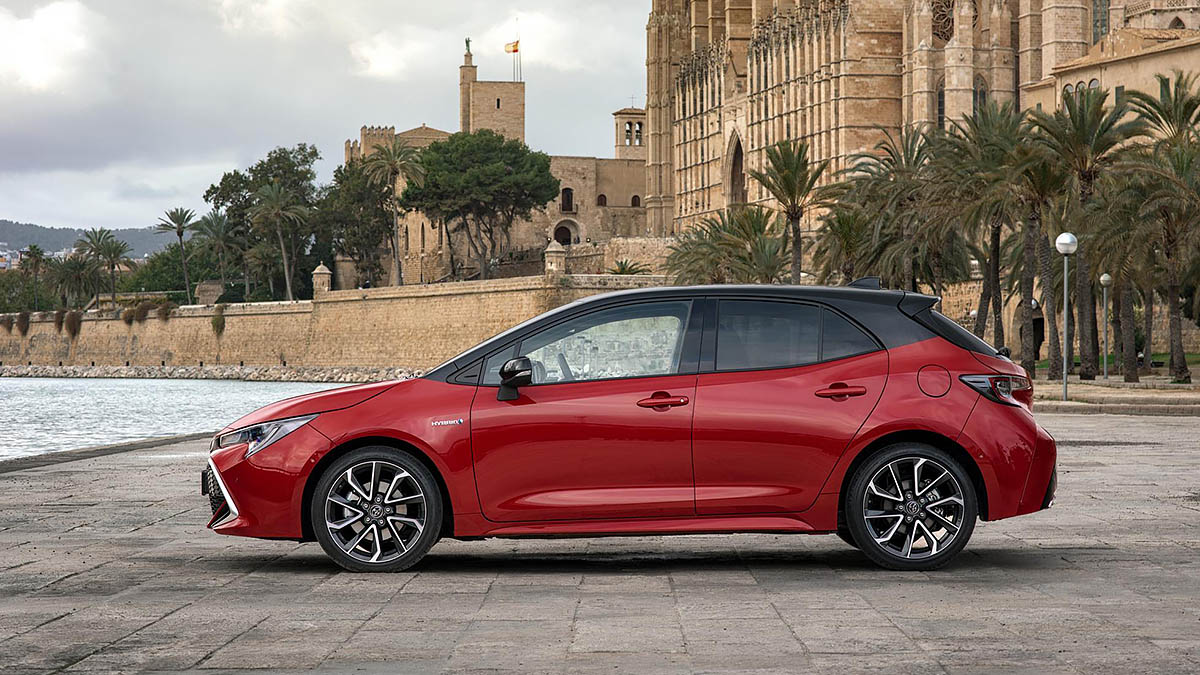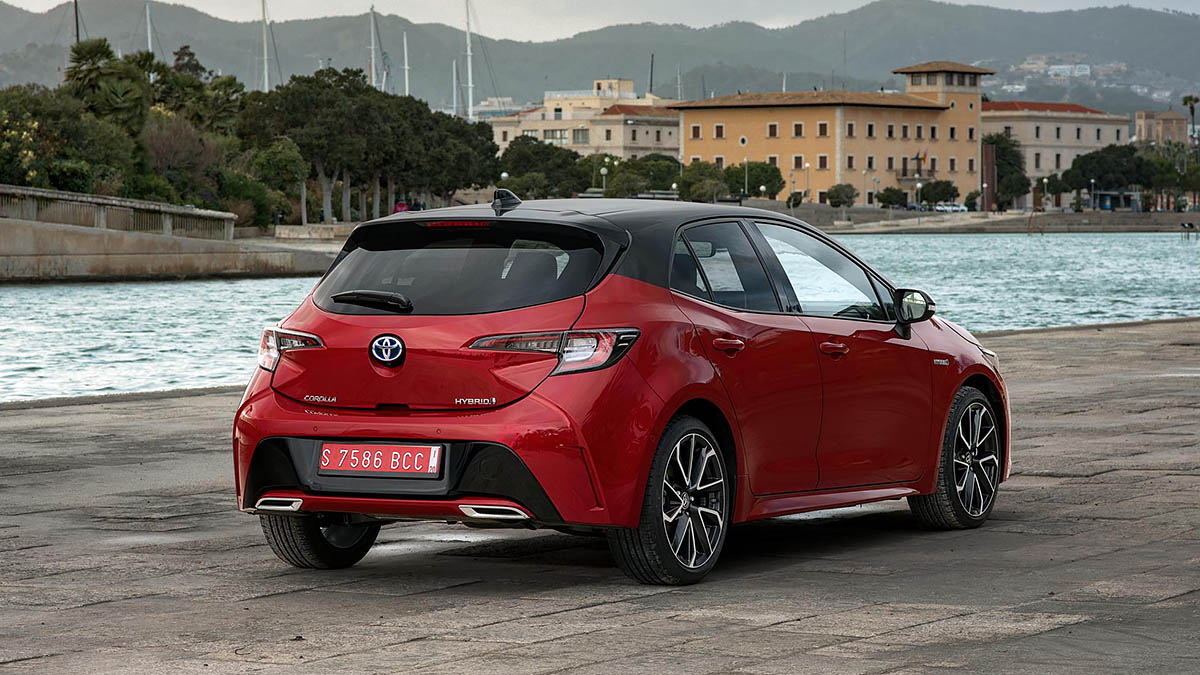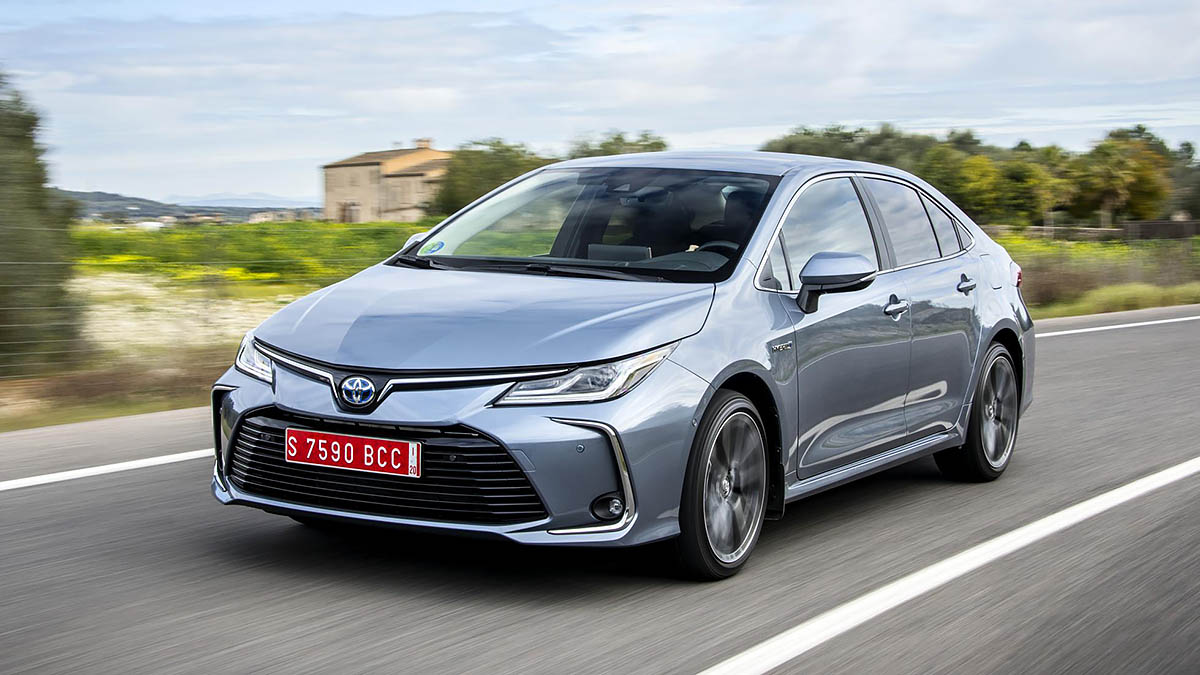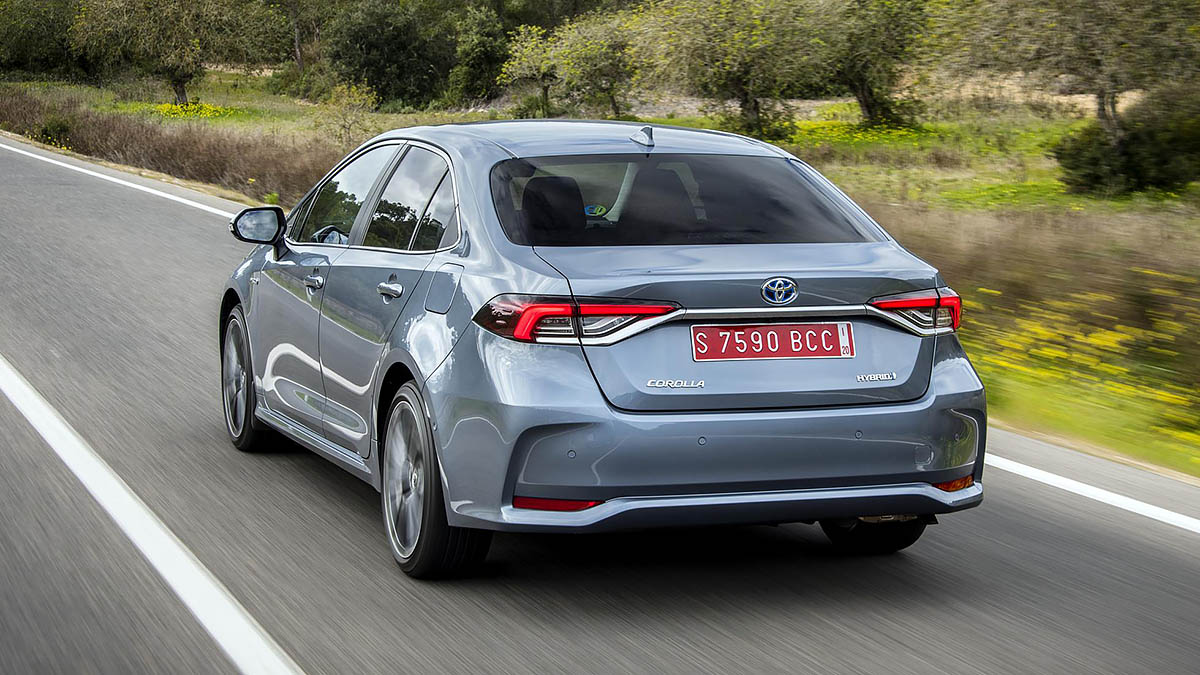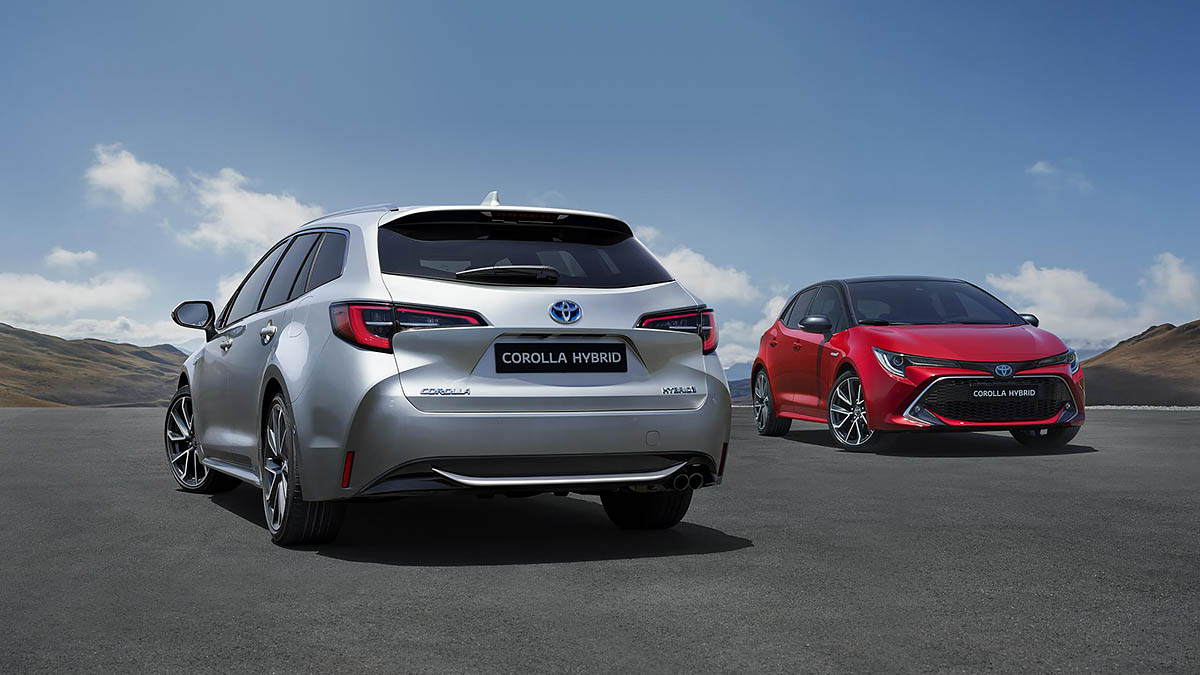Test drive: Toyota Corolla
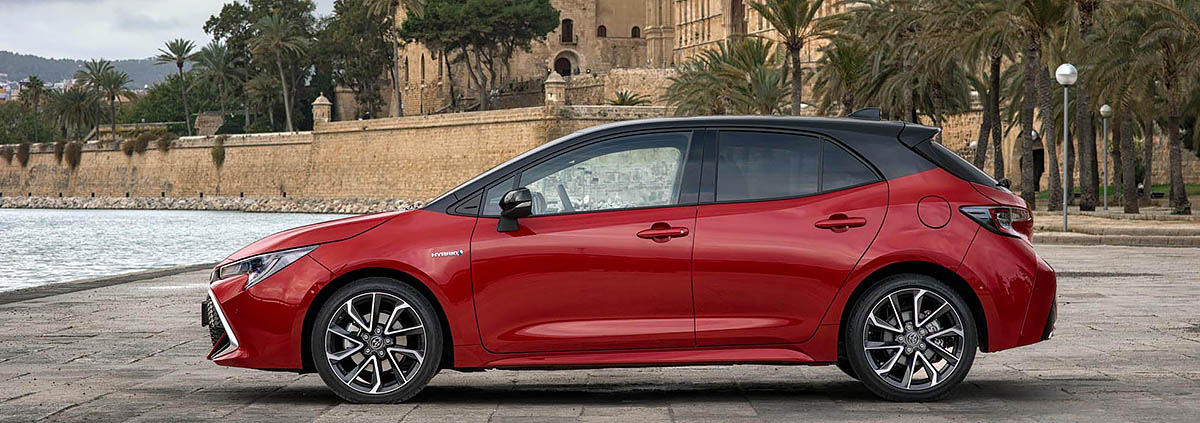
What is it?
Oh, it’s only the best-selling badge in the whole car industry. The Corolla is closing in on 50 million sales over its 12 generations, but the more astute among you will note you’ve not been able to buy one in Britain since 2006, when it was replaced by the Auris. After two generations of absence it would appear Corolla is more trusted, and the badge is back.
Attached to arguably the best-looking iteration of the car in its 53-year life, too. It’s based on a brand-new platform, during the development of which Toyota prioritised good looks and decent handling. At one glance, the former appears to have been nailed, though it’s worth noting the fancy two-tone colour scheme is only optional on top-spec versions.
Its platform is shared with the C-HR crossover, which is about as handy to drive as such crossovers get, but the Corolla aims to take it a step further with quicker steering, more advanced rear suspension and a lower centre-of-gravity. Indeed, the car’s chief engineer is well aware some people think ‘Corolla’ is just a synonym for ‘boring’, but reckons the new looks and handling can turn that on its head.
In keeping with the current climate, there are no diesels. Instead there’s a 114bhp 1.2-litre petrol turbo acting as the entry-level engine, with two hybrids above it, Toyota’s new philosophy being to offer both eco- and performance-biased versions.
Thus there’s a 120bhp 1.8-litre and 178bhp 2.0-litre, both described as ‘self-charging hybrids’. AKA you can’t plug them in. Toyota does reckon you’ll be able to do a good chunk of your commute electric-only, though.
The 1.8 version combines a 10.9sec 0-100kph time with 100g/km of CO2 emissions and 66mpg on the new, stricter WLTP tests. The 2.0 claims 0-100kph in 7.9secs alongside 106g/km and 60mpg sensible figures. It also offers paddleshifted gearchanges via steering wheel paddles, but given both cars use a CVT transmission, these are effectively simulated gears.
There are three body styles to choose from; the hatchback is 40mm longer than the Auris it replaces, every millimetre contained in the wheelbase to make it roomier. You can also have an estate – clunkily named the Touring Sports – and a saloon, which is only offered with the 1.8 hybrid powertrain. Like all hatchback-derived four-doors, it looks a bit odd and will probably be a niche choice in Britain.
Not least because it isn’t manufactured here, whereas both the hatch and estate are made in Burnaston, Derbyshire. If you want to give the British car industry a bit of a shove in the right direction then, like the similarly Jap/Brit fusion Honda Civic and Nissan Qashqai, you can feed your patriotism buying one of these. But should you?
What is it like on the road?
Toyota may pitch this as much sportier than the Auris, but it’s not suddenly morphed into an unlikely drivers’ hero. The Corolla handles tidy enough but it’s not bombarding you with feedback or begging you to take it by the scruff of the neck, not least because of how frigid its powertrain feels.
The lower-rung, 1.8-litre version is joyless and, when driven harshly, makes a noise instantly recognisable to anyone who’s ever experienced an overly exuberant 4.30am Uber home. You can almost smell the chips being nursed in your lap, hidden from the driver’s view. It’s not at all quick when pushed and is at its best slotted into Eco mode and driven as smoothly and silently as possible.
The 2.0 is notably quicker and keener, not least because you can kick it further into life with the paddles. But 7.9secs to 100kph seems deeply optimistic in practice and it’s no hot hatch in disguise – again, you need to drive it smoothly for it to feel most satisfying.
Sticking in emissions-free EV mode requires careful use of speed and throttle in both the 1.8 and 2.0, and unless you’re in Eco mode and driving deliberately conscientiously, you’re more likely to be shuffling between power sources than staying electric-only. But that’s fine, because with light throttle use the engine is quiet and there’s no physical or aural sense of it yo-yoing in and out of use
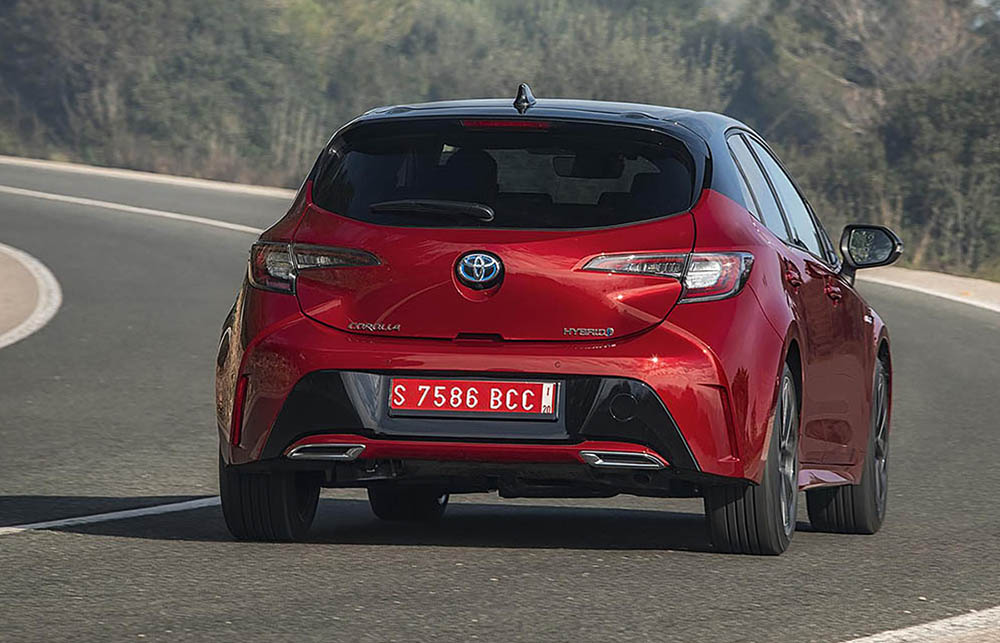
Indeed, resist the urge to push the throttle too far and it’s eerily quiet and unruffled. Mate that to its cushioned ride and the Corolla easily ranks among the most comfy and relaxing hatchbacks on sale. The second you try and drive briskly, the CVT groans into life and breaks the calm, and there’s certainly no satisfaction in hustling it. Those paddles (and the fake gears they operate) don’t replicate the whip-crack changes of a great automatic, so aren’t really worth bothering with.
There may be a truly enjoyable chassis buried under there, but until we drive a 1.2-litre with a manual gearbox (or, fingers crossed, a Gazoo Racing hot hatch) we won’t know; the hybrid powertrain simply stifles your enthusiasm, which is perhaps no surprise when the larger capacity version adds over 100kg to the base petrol’s 1,240kg kerb weight.
Rather than pitch this as a sporty car, Toyota should instead shout about just how cossetting it can be, even on stocky 18in wheels of the top spec. A rare thing as much of the rest of the car market ties itself in knots with faux sportiness.
On the inside
Much like Honda claimed with its latest Civic, Toyota says the Corolla now comes with a 25mm-lower seating position for a sportier feel. In reality, you don’t drop into your seat like in that Civic, still peering over the steering wheel to some extent. The seats almost resemble sports buckets, though, and are supportive in all the right places.
There’s lots of room up front but less in the rear, where even those under six foot will be bunching their legs up a bit. Plush chairs up front means little room for rear passengers’ feet beneath them, too. The saloon and estate have longer wheelbases and a bit more room, mind.
There’s a new TFT instrument display and on all but the cheapest Corollas, measuring 7 inches and with numerous different modes to toggle through, while all models get an 8in central touchscreen. Crucially, you can operate much of it with physical buttons too. Hurrah.
Posher trims get a head-up display, which is designed with clarity and has the option to display nav, media or drive mode data. If all of this sounds advanced, then note you can’t yet mirror your Apple or Android phone on any screen, with the Corolla’s own media system not especially intuitive to use. CarPlay and Android Auto will come, Toyota’s just not sure when. Oops.
If you choose the quicker 2.0 hybrid and you’ll have to give up some luggage space; the 1.2 and 1.8 have 361 litres of boot capacity, the 2.0 shrinking this to 313. It may seem a small loss on paper (or indeed screen), but the boot seems awfully shallow. If you regularly carry large loads, make sure you stick your head in the boot to see what’s what before ordering the bigger capacity hybrid.
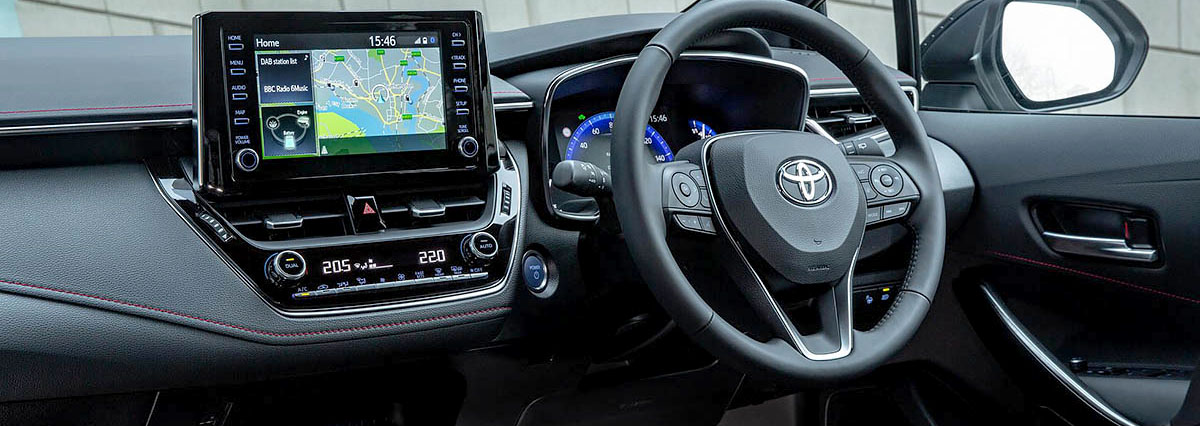
Verdict
The Corolla looks more striking than ever, and proves Toyota is really on a roll with making its cars less boring (by its own admission). The looks alone may tempt some people away from competitors, as might its British-built status.
What they’ll find is a car heavily biased towards hybrid powertrains – less than a quarter sold will be 1.2 petrols – and thus angled away from keen drivers, no matter how sporty its pitch. Instead, the Corolla is about as quiet and calming as hatchbacks get, so long as you don’t work its coarse CVT transmission too hard.
That – and its cost saving for business users – is the area it stands out from its many, many talented rivals. Because in terms of tech, practicality and simple enjoyment, it falls short of the class best.
